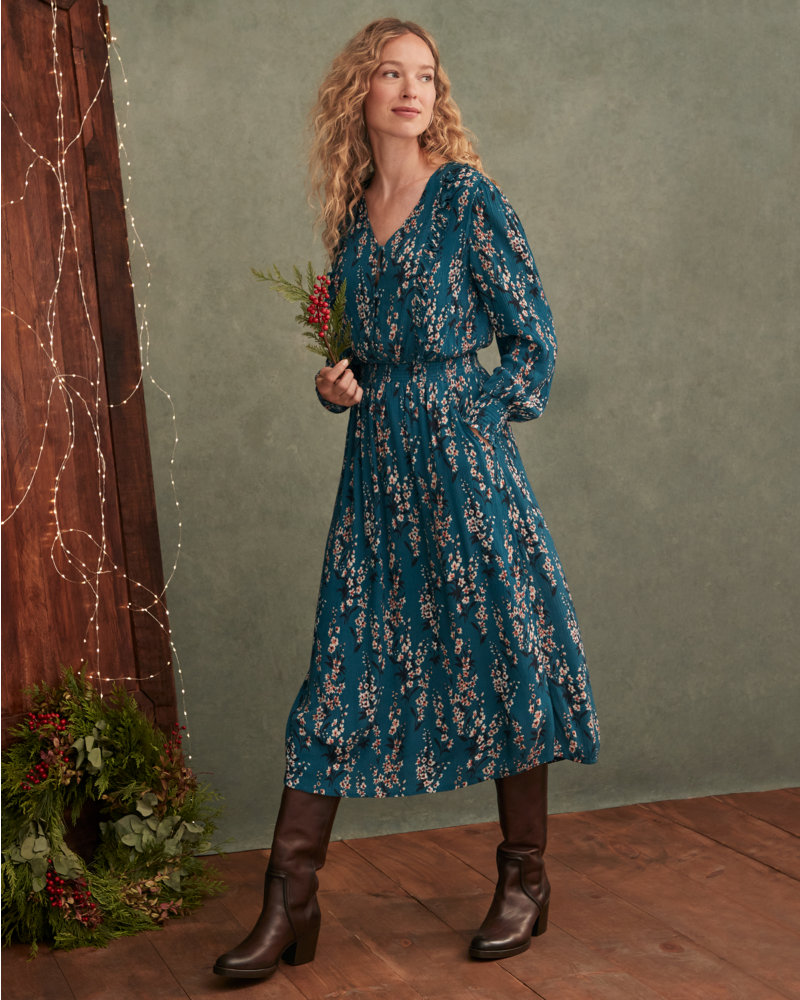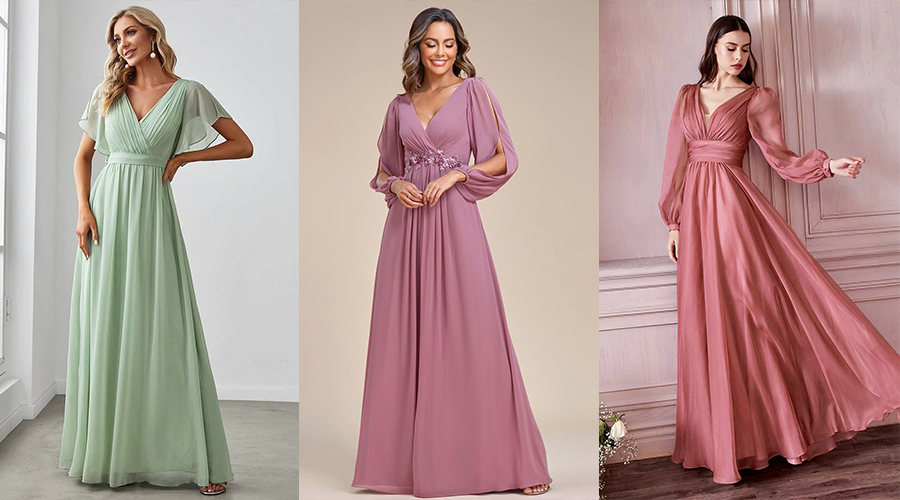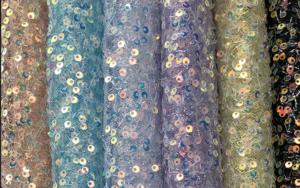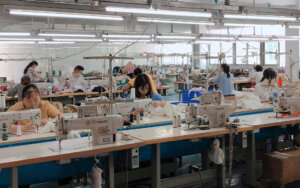As part of our ongoing fabric series, we’re focusing on polyester—a material that, despite its versatility, is often misunderstood.
While many people tend to overlook polyester in favor of more natural materials, its unique qualities make it one of the most widely used fabrics in modern fashion.
Our goal here is not to pass judgment but to provide insights that help you navigate the complexities of fabric choices with a clearer perspective.
Polyester Composition
Polyester is a synthetic fiber derived from petroleum products. It is created through a chemical reaction between ethylene glycol and terephthalic acid, producing polyethylene terephthalate (PET), which is then spun into fibers that can be woven or knitted into fabrics.
The Evolution of Polyester
Polyester fibers date back to the 1940s when British chemists John Rex Whinfield and James Tennant Dickson first developed them.
Initially, polyester was created as an alternative to natural fibers like cotton and wool, capable of mimicking these materials’ properties while offering additional benefits.
Polyester fibers have evolved over the decades. Early fabrics were criticized for being uncomfortable and prone to heat buildup, but advances in technology have spawned more breathable, versatile, and environmentally friendly versions.
Why Polyester is a Designer’s Best Friend?
Polyester’s unique qualities are deeply rooted in the fabric, making it an indispensable part of the fashion industry. We see polyester used in virtually everything, from high-end dresses, lingerie, and swimwear to suits, sportswear, and outerwear.
Durable
Polyester is incredibly strong and durable, resisting shrinking, stretching, and general wear and tear. This resilience makes it an excellent choice for garments that need to maintain shape and appearance after multiple wears and washes.
Versatility
It can mimic the look and feel of other materials like silk, cotton, or wool, making it suitable for various fashion styles.
Its versatility also extends to color and printing, as polyester serves as an ideal canvas for vibrant dyes and intricate patterns.
Affordability
Compared to natural fibers, polyester is more affordable and easier to care for, allowing brands to create high-quality garments at lower costs.
Applications of Polyester in Fashion
Polyester is a versatile fabric that can be blended with other materials to complement various aspects of the fashion industry.
High-End Fashion

Polyester is no longer just for everyday wear; it has also made its mark in high-end fashion. Designers often blend it with natural fibers to retain vibrant colors and intricate patterns, creating luxurious, durable garments.
Casual Wear

Polyester is comfortable and easy to care for, and when blended with other fibers such as cotton or spandex, it provides enhanced comfort and stretch.
From basic tees and dresses to sleek athleisure pieces, making them perfect for casual and street style.
Sportswear

In terms of performance, its moisture-wicking and quick-drying properties make polyester the fabric of choice for sportswear and athletic apparel.
From athletic T-shirts to performance bottoms, polyester ensures that athletes stay comfortable and dry, even during strenuous workouts.
Choosing the Right Polyester for Your Brand
Polyester is often associated with cheap fast fashion, but that’s not always the case. Some of the most popular and luxurious fabrics are also made from this synthetic fiber.
By using different weaving techniques and blending with various materials, polyester can achieve a wide range of functional fabrics.
Satin
Traditionally made from natural silk, satin is expensive. However, more affordable polyester satin offers the same glossy, soft texture and excellent durability. Satin’s luxurious, flowing appearance makes it perfect for dresses, nightwear, blouses, and skirts.

Velvet
Once exclusively made from silk, velvet is now commonly produced using polyester. Although polyester velvet doesn’t have the same sheen and richness as natural velvet, it enhances durability。Its soft, plush feel is often used for evening gowns, suits, jackets, and pants.

Crepe
Crepe is a very lightweight fabric with a slightly crinkled texture and a fluid drape. It is widely used in making women’s summer blouses, dresses, and skirts, offering a wrinkle-resistant and easy-care option for delicate styles.

Mesh
Originally designed for sports, the mesh is lightweight and breathable, making it an essential material for activewear and fitness attire. Its structure allows for good airflow, ensuring comfort during intense activities.
Polyester-Spandex Blend
By blending polyester with spandex, this fabric gains additional stretch and flexibility, making it ideal for swimwear, leggings, and athletic wear. It combines polyester’s durability with spandex’s elasticity, ensuring comfort and a perfect fit.

Chiffon
Once limited to silk, chiffon is now commonly made from more affordable polyester. Polyester chiffon retains its lightweight, drapey, and airy qualities, making it ideal for elegant dresses, blouses, and scarves.

Fleece
The most common type of fleece is typically made from polyester fibers derived from plastic. This version is known for being lightweight, warm, moisture-wicking, and quick-drying, making it ideal for outdoor wear and activewear like jackets, hoodies, and blankets.

Polyester vs. Cotton: Which is Better?
When people talk about the best fabrics, cotton often comes to mind first. However, polyester is also widely used by major brands, so which one is truly the best?
These two fabrics have completely different characteristics and are applied to various types of clothing based on their unique properties. Each excels in its domain!
Cotton is a natural fabric known for its excellent breathability and moisture absorption. It’s comfortable to wear and is ideal for making underwear, T-shirts, baby clothes, and other close-fitting garments.

While polyester is a synthetic fabric, it is highly durable, wrinkle-resistant, and resistant to wear, fading, and shrinking. This makes it suitable for sportswear, outerwear, work uniforms, and travel clothing, where durability and wrinkle resistance are crucial.

Considerations for Polyester
Polyester fabrics are generally safe, but the production process may involve various chemicals, such as dyes and finishing agents. These chemicals can potentially impact the environment and the health of workers during production and handling.
Polyester is a combustible synthetic fiber that may melt rather than burn when exposed to fire, releasing harmful gases. Therefore, it’s important to keep polyester fabrics away from open flames during use or wear.
Environmental Considerations
While traditional polyester production relies on non-renewable resources, raising environmental concerns, the industry is moving towards sustainability.
Recycled polyester (RPET) is the most common type of recycled polyester, typically made
Recycled polyester is increasingly being used in a variety of products due to its eco-friendliness and reduced dependence on virgin petroleum resources.
Conclusion
As the fashion industry continues to evolve, so does polyester, adapting to meet the demands for sustainability and innovation. The lasting versatility of polyester makes it a fabric worth considering for your next collection.






